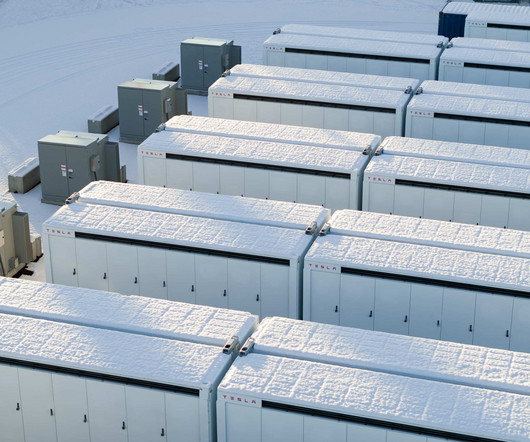New MIT metal-mesh membrane could solve longstanding problems with liquid metal displacement batteries; inexpensive grid power storage
Green Car Congress
JANUARY 25, 2018
A new metal mesh membrane developed by researchers at MIT could advance the use of the Na–NiCl 2 displacement battery, which has eluded widespread adoption owing to the fragility of the ?"-Al The results could make possible a whole family of inexpensive and durable materials practical for large-scale rechargeable batteries.












Let's personalize your content